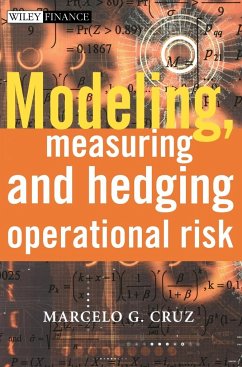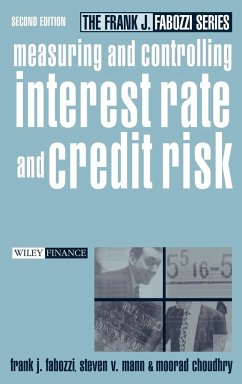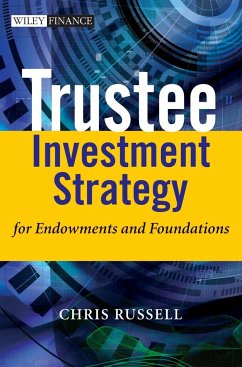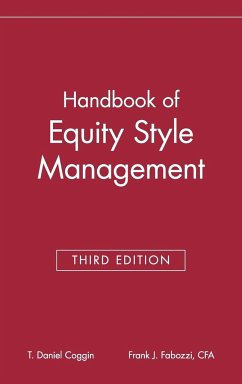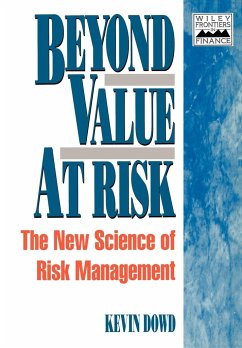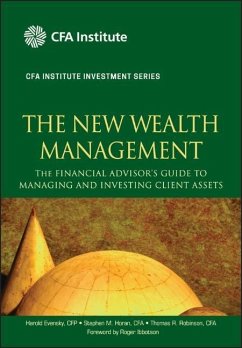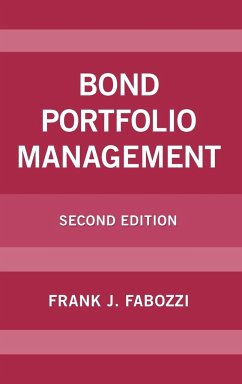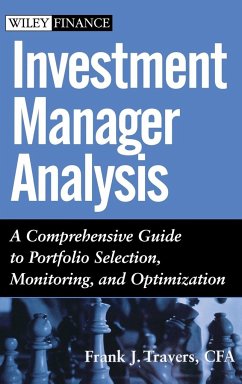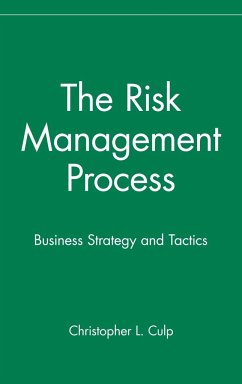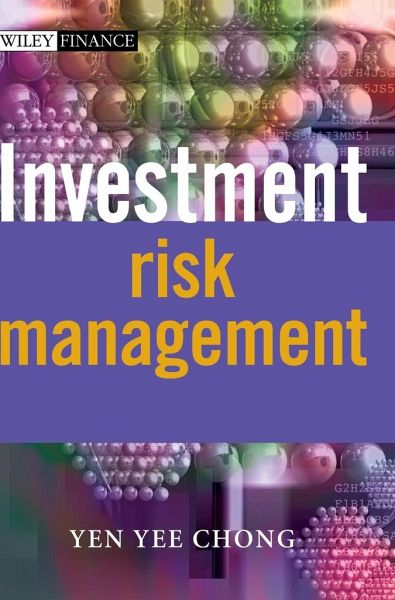
Investment Risk Management

PAYBACK Punkte
62 °P sammeln!
Risk has two sides: underestimating it harms the investor, while overestimating it prevents the implementation of bold business projects. This book explains, from the point of view of the practitioner, the analysis of investment risk - a proper account of adequate risk management strategies - and offers an objective and readable account of the most common investment risk management procedures. It will not be highly mathematical, although mathematical formulae and technical graphs will be used where necessary, and will not rely on excessive technical jargon.The author also covers guidelines of ...
Risk has two sides: underestimating it harms the investor, while overestimating it prevents the implementation of bold business projects. This book explains, from the point of view of the practitioner, the analysis of investment risk - a proper account of adequate risk management strategies - and offers an objective and readable account of the most common investment risk management procedures. It will not be highly mathematical, although mathematical formulae and technical graphs will be used where necessary, and will not rely on excessive technical jargon.
The author also covers guidelines of regulatory institutions that protect the market and the investor: Bank of International Settlements, US SEC and UK FSA.
The author also covers guidelines of regulatory institutions that protect the market and the investor: Bank of International Settlements, US SEC and UK FSA.



